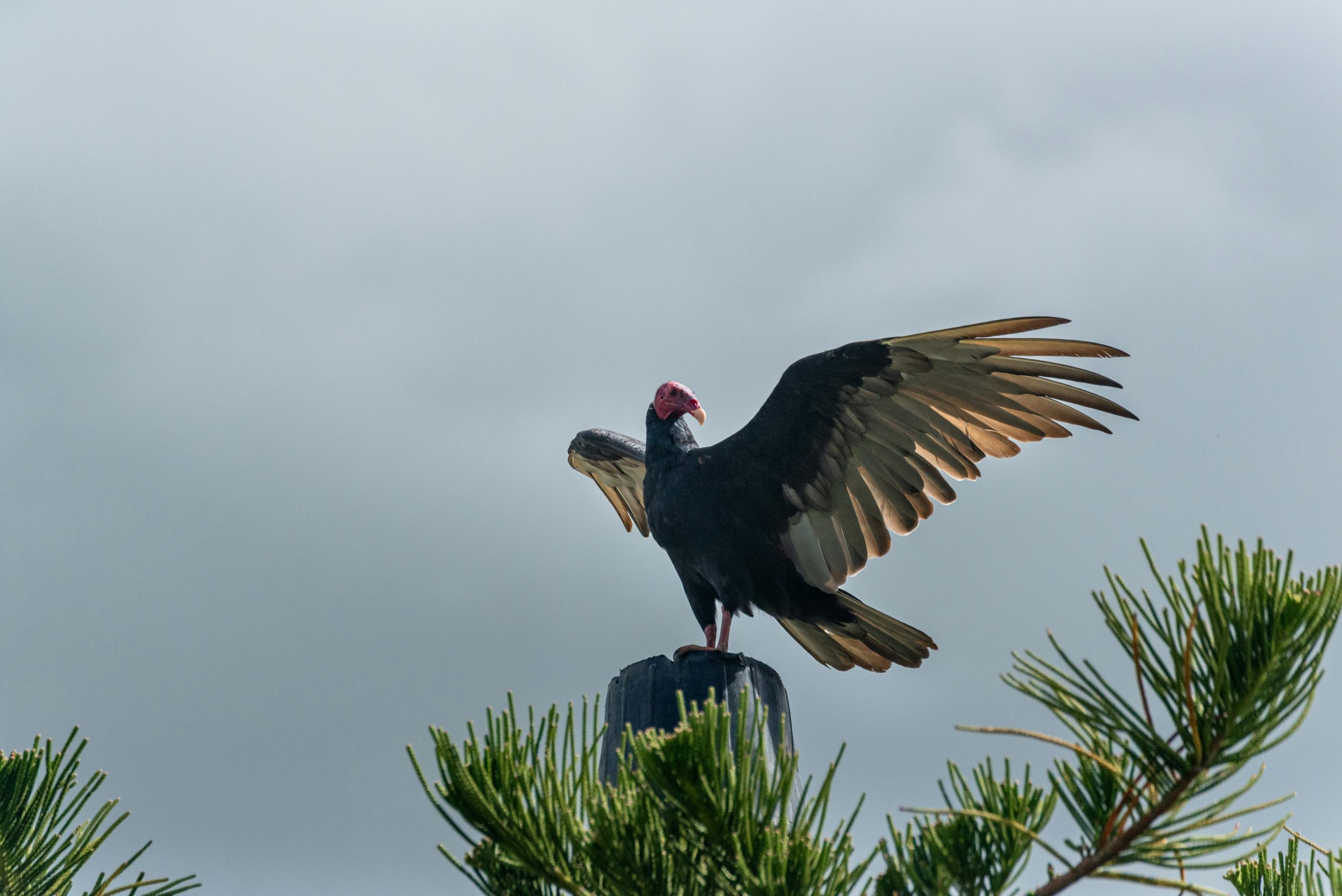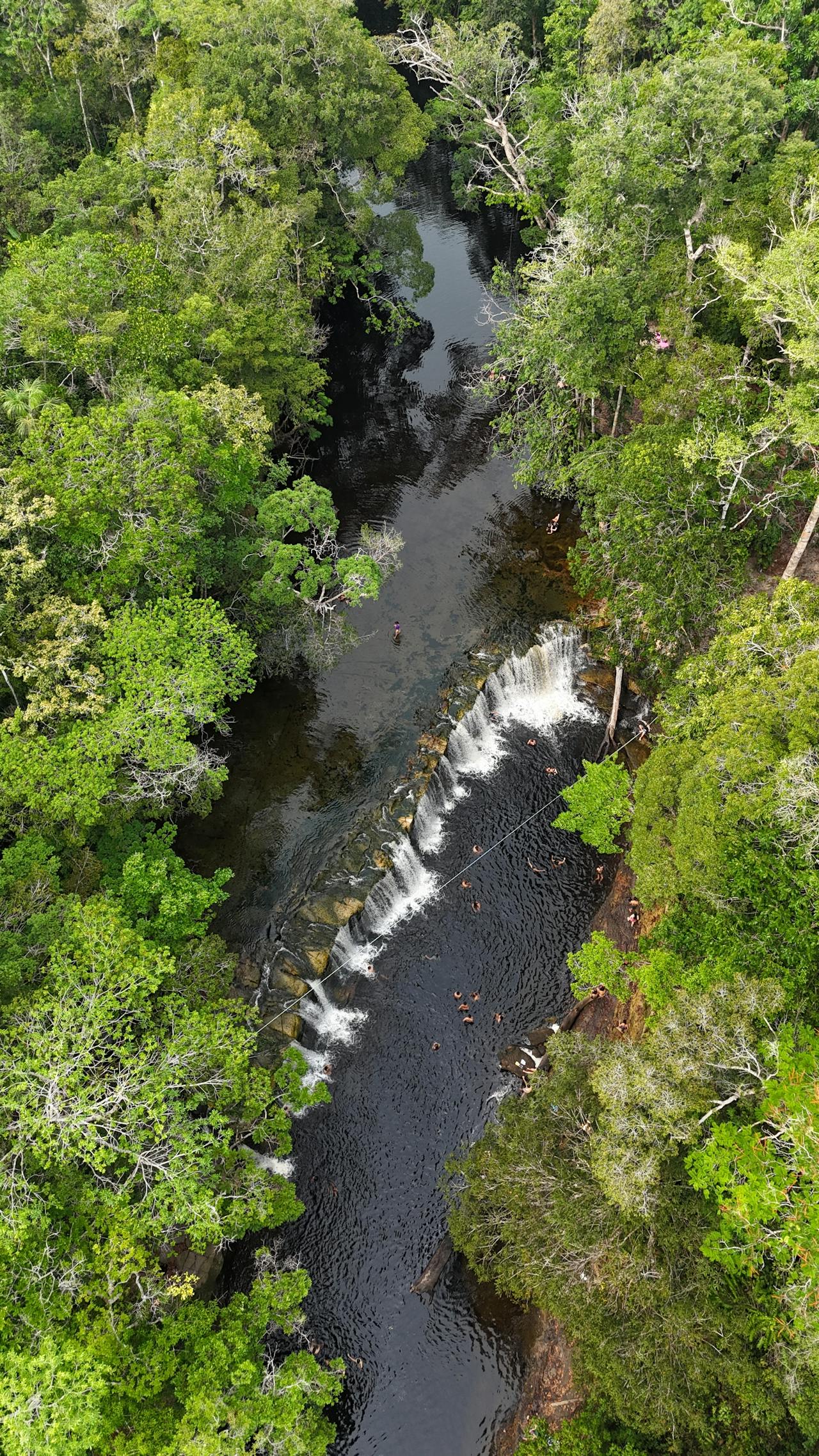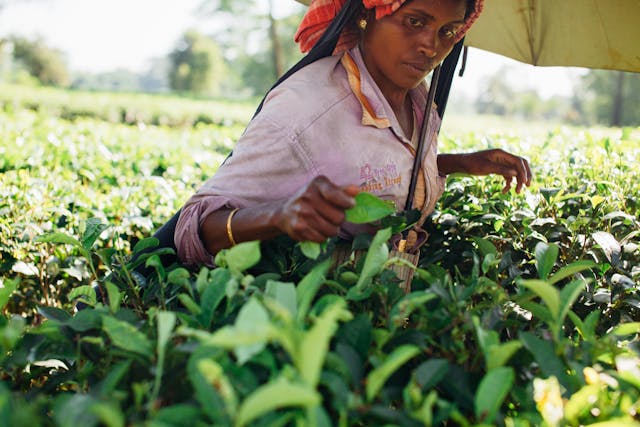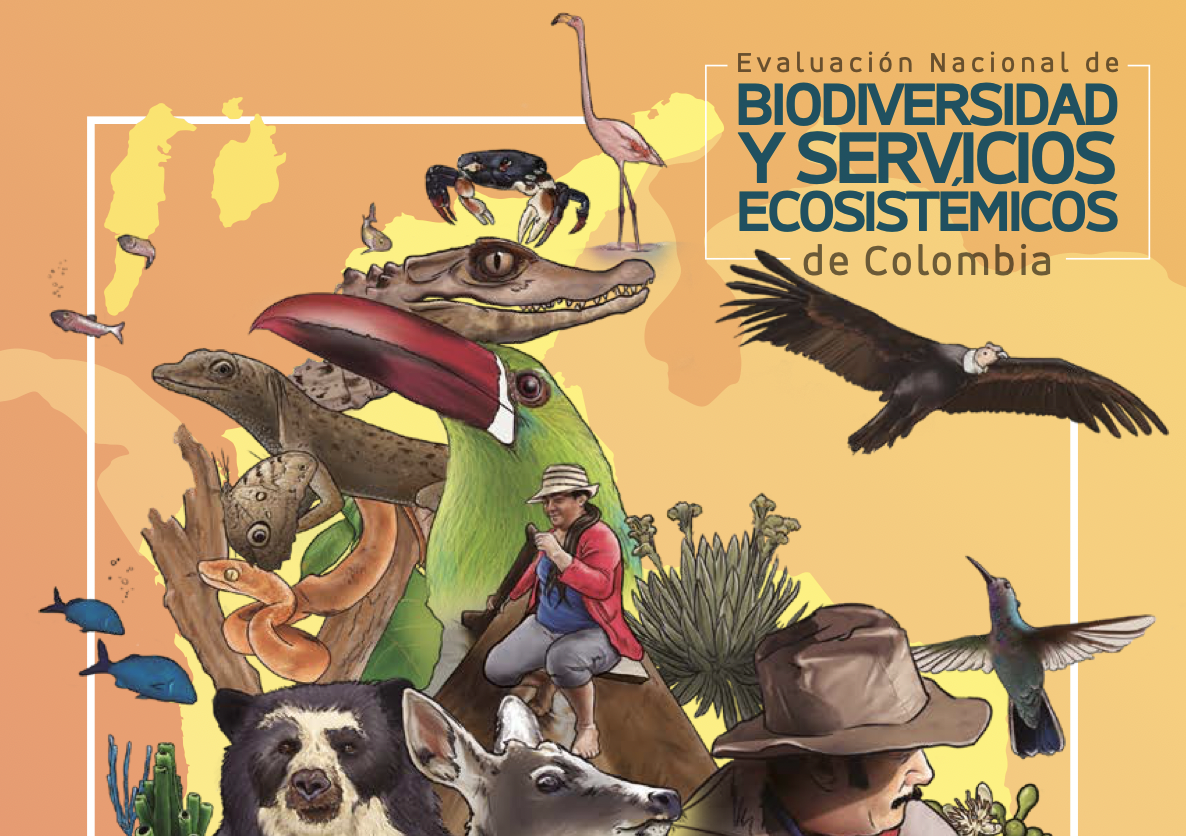In addition to management for forest products, an increasing priority in the management of forests is the provision and maintenance of ecosystem services. A key component of these ecosystem services is the conservation of forest biodiversity, including genetic, species, habitat, and landscape components. Among terrestrial habitats, forests are the most biodiverse because of their structural heterogeneity and variety of available niches. Management strategies often produce very different types of forests, including protected areas for recreation and/or conservation of biodiversity, naturally regenerated native forests for wood production, monoculture plantations of native or exotic species for pulp or paper, and short-rotation biomass plantations. Regardless of objectives, forest managers are confronted by challenges ranging from the increasing demand for forest products, shifting land-use policies, invasive pests and pathogens, and climate change. This Special Issue of Forests focuses on strategies to understand and mitigate human pressures on managed forests with respect to the maintenance of biological diversity. Eight papers comprise this Special Issue and span a wide range of topics including ecological indicators of biodiversity and naturalness in forests; assessment of understudied taxa in forests such as nematodes, microbial communities, and lichens; and ecosystems under decline, such as mangrove forests.

































































































































































































































































































































































































































































































































































































































































































































































































































































































































































































































